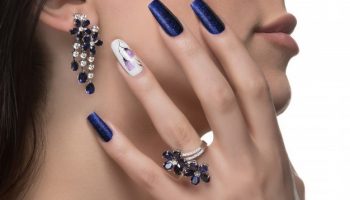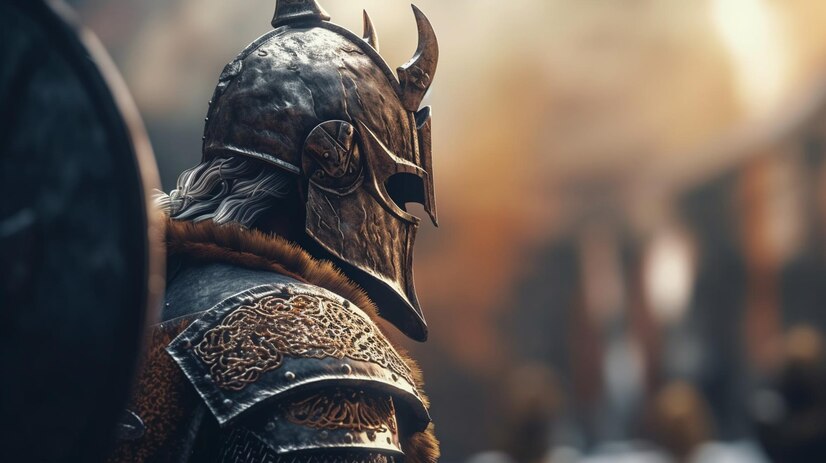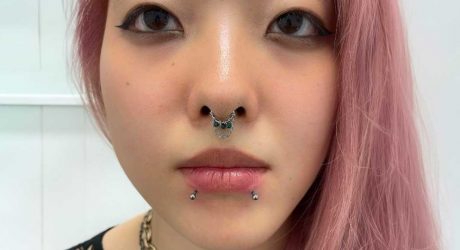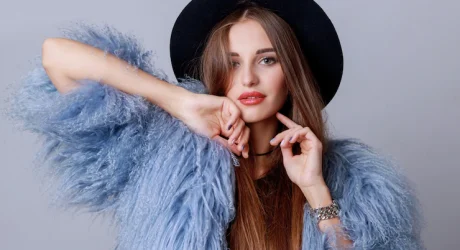Vikings have a long and fascinating history, with the Viking Age beginning nearly 1,200 years ago in Scandinavia.
They were successful warriors, farmers, and adventurers, with expeditions reaching North America hundreds of years before Christopher Columbus. It’s fair to wonder what Viking accessories, clothing, and jewelry these strong and independent people wore.
The stereotypes depict warriors wearing horned helmets, but that idea of the Vikings is far from accurate. To fully enjoy and indulge in Viking culture and history, it’s best to seek the truth. Diving into Viking fashion by learning about men’s and women’s clothes will help you understand these fierce and proud people.
The good news is that you’ve discovered the perfect guide to learning more about Viking clothing that men and women from that age wore. Continue reading to gain a stronger understanding of Viking fashion today!
Traditional Viking Clothing For Women
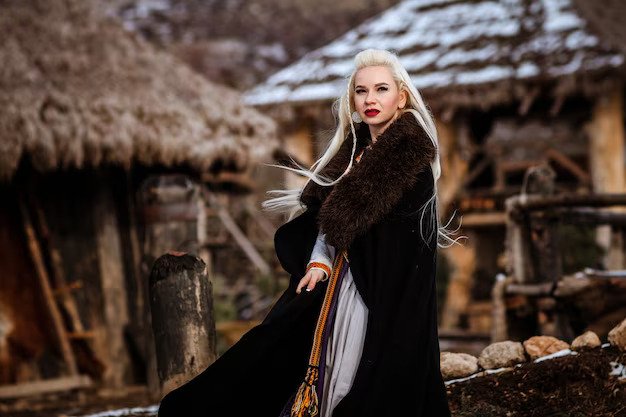
Viking women traditionally wore strap dresses with undergarments or smocks underneath. The dress used coarse material and used a close fit. Swedish Viking women chose a pleated smock or undergarment, while others preferred plain undergarments.
Cloaks were also common, and Viking women would fasten them over the shoulders. Decorating the cloaks with designs and fur was typical for added warmth.
Belts were used around the waist, where small items got kept. It was the perfect accessory for Viking clothing since you could wear a small purse and carry other accessories. The traditional outfit was finished with leather shoes for extra durability.
Traditional Viking Clothing For Men
The traditional clothing for Viking men starts with a tunic, trousers, and a cloak for extra warmth. You can click for a viking tunic to find an accurate clothing option when shopping for Viking fashion. The tunic was a long-sleeved shirt that lacked buttons.
Longer tunics would reach the knees of Viking men. The cloak would go over the tunic and fasten with a decorative brooch. The standard way to wear the cloak was over the sword or axe-wielding arm.
The go-to footwear was leather boots or shoes. Not much is known about the pants Viking men wore, but it’s suspected that they wore puttees or leg warmers.
Belts were also standard since men didn’t have pockets and needed a place to store their accessories. A belt was essential to keep pants up, and wearing a purse and knife on the belt was typical. Caps were also standard for extra warmth during the colder months.
Related: How To Keep Warm And Stay Fashionable
Fun Facts About Viking Accessories And Clothing
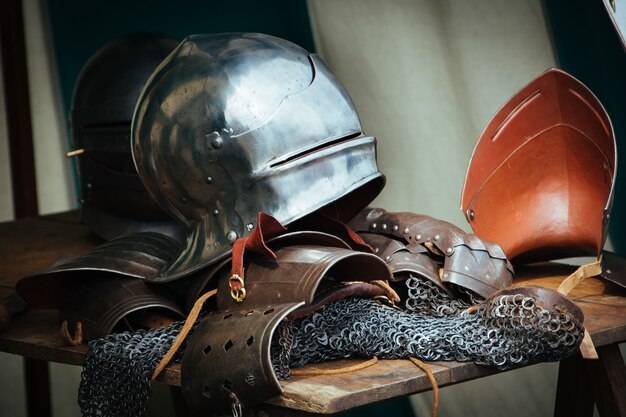
Now that you have a clearer picture of what Viking men and women wore, you must learn some fun facts about these fascinating people. They were talented individuals with a strong and beautiful culture.
Here’s a closer look at some of the most fascinating facts about Viking clothing and jewelry.
1. Textile Craftsmanship
The Vikings are known for being brutal barbarians, but that is untrue. Vikings were experts in textile craftsmanship, especially in their era. They knew how to work a loom and spindle to create stunning clothing, blankets, and tapestries.
Many archaeological sites show evidence of looms and spindles, suggesting that weaving and creating clothing was a common domestic task in Viking culture. It dispels the idea that Vikings were brutes looking for combat and pillage.
2. Bright Colors
Another fun fact when learning about what did the Vikings wear is their love of bright colors. They loved wearing bright colors and used natural dyes from plants and berries to add color to their clothing and accessories.
Their expertise helped them manage dyes ranging from vibrant shades of blue and red to mellow shades of yellow and green for their clothing. It was an incredible way to add a sense of identity to their clothing during an era when color was uncommon.
3. Zero Horned Helmets
The myth that Vikings wore horned helmets has been perpetuated for centuries, but the fact remains that they didn’t wear these helmets. Romantic opera and art created this depiction of the Vikings, but it’s untrue. The Minnesota Vikings logo has also not helped this myth.
The helmets Vikings wore were cone-shaped and made from leather during the Viking Age. They would reinforce these hats with wood or metal to protect them from attackers during battle.
4. Viking Women’s Apron Dress
The Viking women’s apron dress, the Hangerok, was a sign of social status within a community. The dress was worn from two oval breaches, and it was the best way to show off your family’s wealth and standing in your local area. Women would decorate it with Viking jewelry and other accessories.
5. Use of Fur
The use of fur was common with Vikings, given the cold climates they resided in. The depiction of how fur is used differs from pictures and media, with the fur often worn on the inside of garments as extra insulation. Wearing the fur on the inside of clothing held the heat so the wearer could endure colder exterior temperatures for longer.
6. Jewelry
Vikings loved wearing jewelry as a sign of status. Brooches and arm rings were common forms of jewelry that you’d find Vikings wearing.
Necklaces were also an excellent way to show power and status through jewelry. Most jewelry pieces used precious metals and gemstones to create intricate and beautiful designs.
7. Viking Shoes
Vikings lived in rugged terrain, and durable footwear was a must. These people were experts at crafting shoes from leather that would stand up to rocky terrain, moisture, and snow. They were the most advanced shoemakers in Europe during the Viking Age.
Discover The Best Viking Accessories Today
Understanding Viking culture starts with diving into the standard Viking accessories and clothing from the Viking Age. Despite their depictions in media, Vikings never wore horned helmets and were distinguished and skilled artisans.
They were famous for their love of Viking jewelry, bright colors, and woven textiles. Fur was common for Viking clothing women and men wore, with the fur worn on the inside of garments for added warmth.
Are you interested in learning about new ideas and topics? Check out more of our Education and Environmental blog content for engaging and enlightening articles today!
Read Also:














